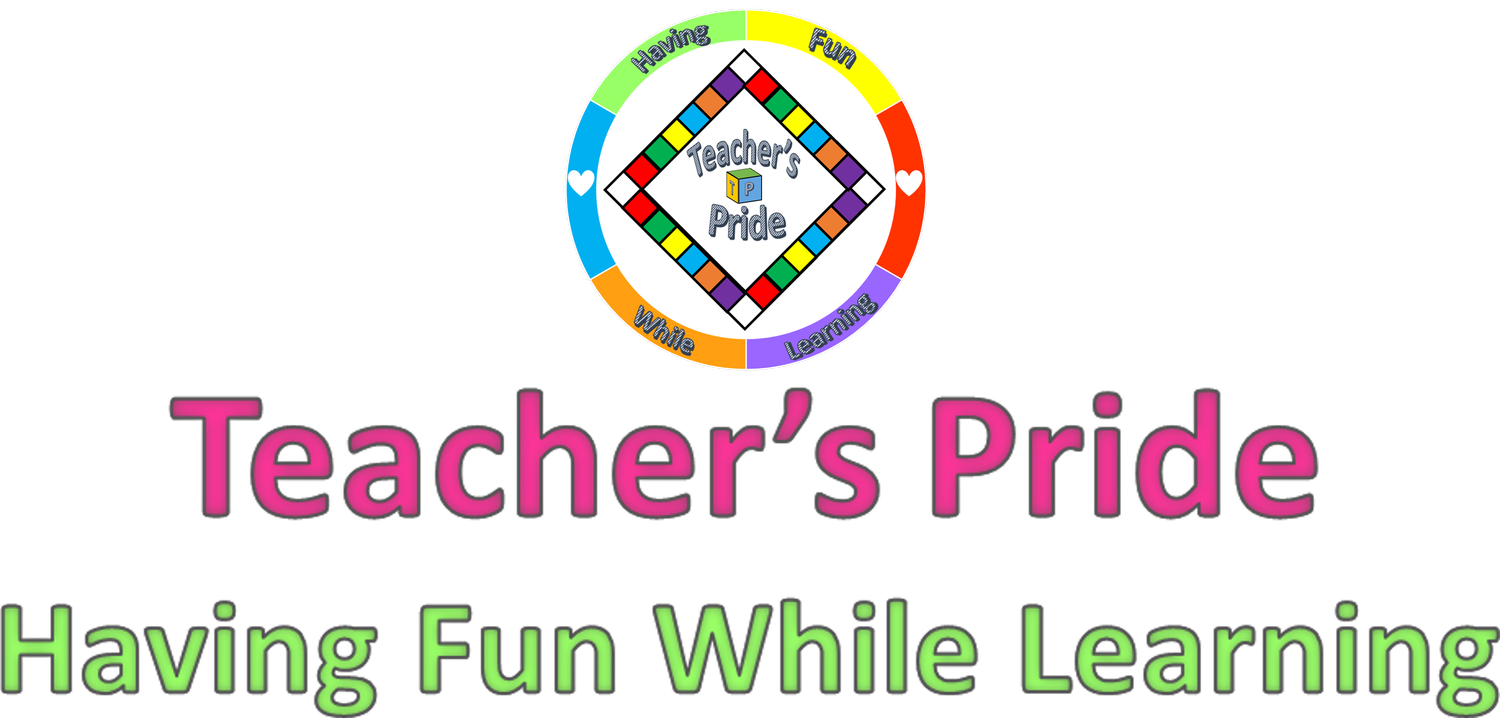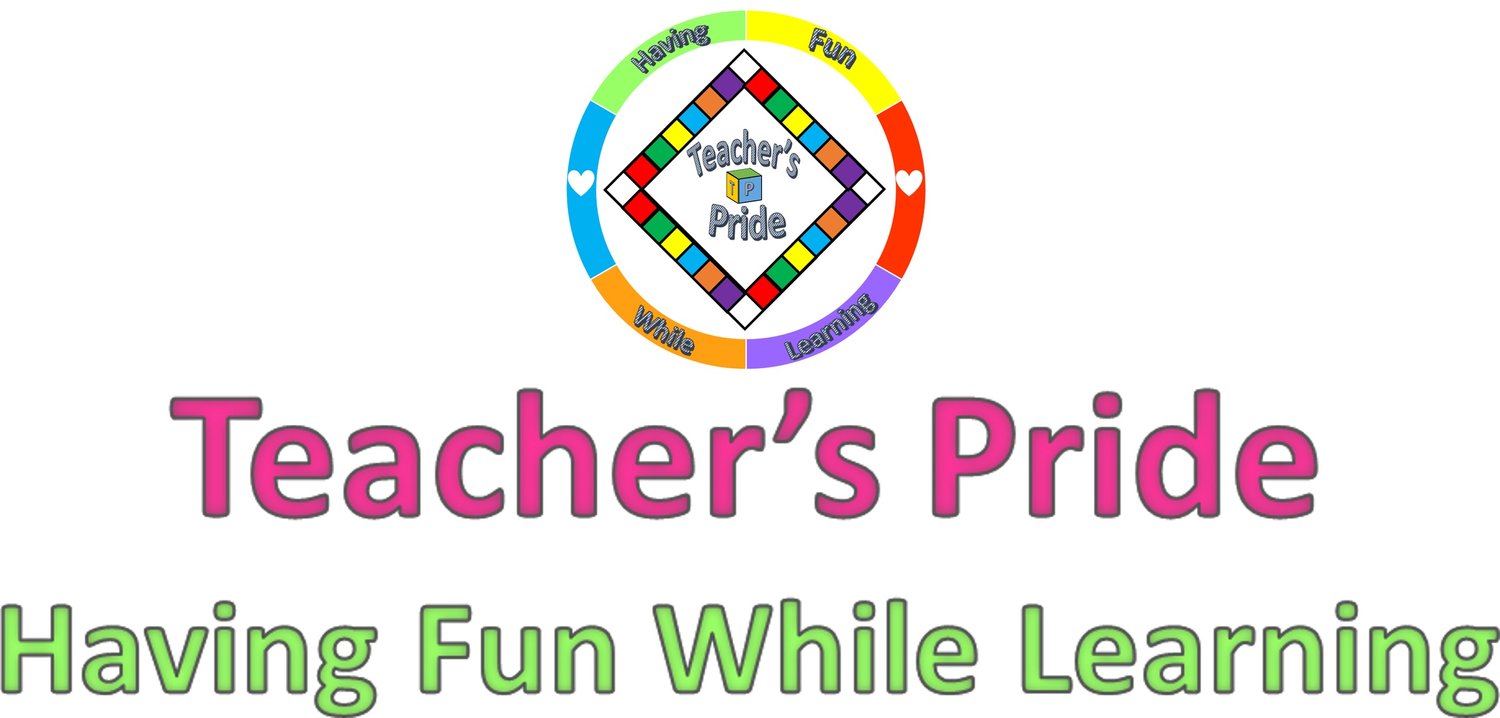Valentine Alphabet Matching Game Boom Cards
An alphabet matching game designed to help focus on phonological awareness in the theme of Valentine.
An alphabet matching game designed to help focus on phonological awareness in the theme of Valentine.
An alphabet matching game designed to help focus on phonological awareness in the theme of Valentine.
This alphabet matching game promotes phonological awareness as students identify letters and match them up with corresponding items. The matching pictures disappears once students clicks on the correct answers. Students will say the letter and search for items that begins with the same letter.
What is it? This is a letter recognition activity in which students click on the picture that starts with the letter indicated on the T-shirt.
Who is it for? This is geared for early readers. Children who are just beginning to recognize each letter of the alphabet as well as the sounds they make. For kids struggling to understand the concept of matching letters to pictures, this is a great attribute to acquiring that goal.
How to play it? Students will click on the audio for instructions. Identify the letter on the T-shirt of the little boy. Read the letter out loud. Go through individual pictures by clicking on the ones that starts with the correct letter. As students click on the correct item the item will disappear. The items that do not match with the letter stays on the screen. The incorrect pictures flashes back to the same picture.
How to set it up?
No Prep – The wonderful thing about using Boom Cards is that you don’t have to worry about setting it up. You are good to go if you have Internet service on your technology device. No need to cut, paste, or laminate countless number of papers. No need to print; even though Boom provides that option.
Immediate Feedback – This is one of the best features of Boom Learning. Once answers are picked, Boom provides quick responses with red circles indicating incorrect answers and green circles for correct answers. Drop zones are indicated by blue boxes to make it easy for students to see where things should be placed.
Self-Grading - Tracking progress on Boom is self-explanatory. Records are stored into the system automatically to make grading a breeze. Everything from the time they started the activity to the incorrect answers; are all in display screen for teachers to view.
How to use it? These digital task cards can be utilized in the language Center. Educators can use this to assess children's progress in phonological awareness. It will help to determine the frequency, the number of incorrect responses, the most challenging task cards, the task cards they spend the most time on, and the letters they know very well. These are the reasons that makes boom cards so special and rewarding in the classroom.
To use Boom Cards, you must be connected to the Internet. Boom Cards play on modern browsers (Chrome, Safari, Firefox, and Edge). Apps are available for modern Android, iPads, iPhones, and Kindle Fires. For security and privacy, adults must have a Boom Learning account to use and assign Boom Cards. You will be able to assign the Boom Cards you are buying with "Fast Pins," (a form of play that gives instant feedback to students for self-grading Boom Cards). For assignment options that report student progress back to you, you will need to purchase a premium account. If you are new to Boom Learning, you will be offered a free trial of our premium account. Read here for details: http://bit.ly/BoomTrial.
What is included? 26 Interactive digital task cards. One instructional audio. 26 upper and lowercase letters of the alphabet displayed on each task card
Pictures that represents each letter of the alphabets.
Why is it a great activity? It promotes letter concept. The enrichments of language awareness is displayed in the images. It's similar to a matching game in which students can have fun watching the images disappear as they click on the correct responses. It's a fun way to review letter recognition and sound correspondence.


























